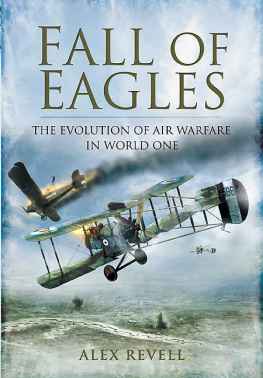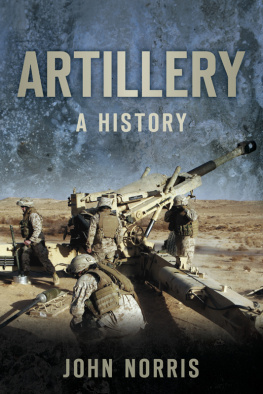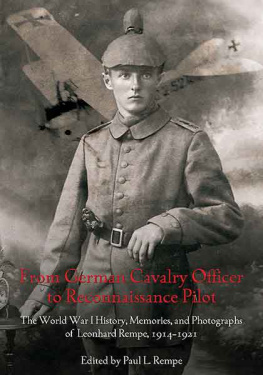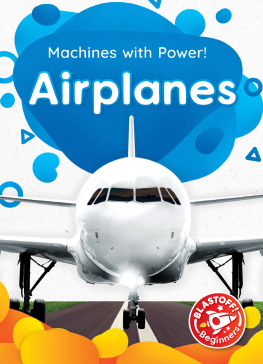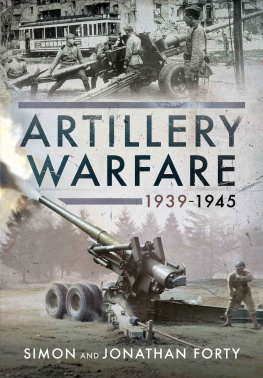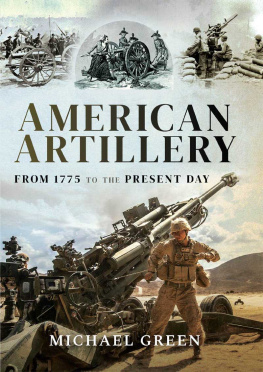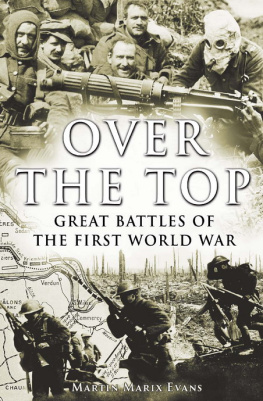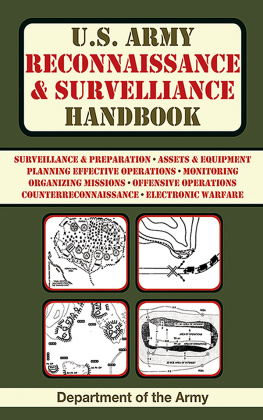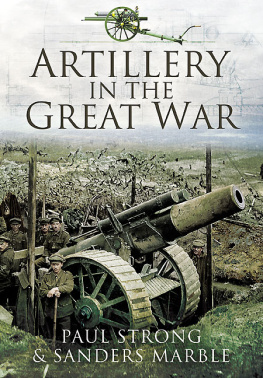
First published in Great Britain in 2011 by
Pen & Sword Military
an imprint of
Pen & Sword Books Ltd
47 Church Street
Barnsley
South Yorkshire
S70 2AS
Copyright @ Alex Revell 2011
ISBN: 978-1-84884-527-5
ePub ISBN: 9781844684328
PRC ISBN: 9781844684335
The right of Alex Revell to be identified as Author of this Work has
been asserted by him in accordance with the Copyright,Designs and
Patents Act 1988.
A CIP record for this book is available from the British Library
All rights reserved. No part of this book may be reproduced or
transmitted in any form or by any means, electronic or mechanical
including photocopying, recording or by any information storage and
retrieval system, without permission from the Publisher in writing.
Printed and bound by CPI UK
Pen and Sword Books Ltd incorporates the Imprints of Pen and Sword
Aviation, Pen and Sword Maritime, Pen and Sword Military, Wharncliffe
Local History, Pen and Sword Select, Pen and Sword Military Classics and
Leo Cooper.
For a complete list of Pen & Sword titles please contact
PEN AND SWORD BOOKS LIMITED
47 Church Street, Barnsley, South Yorkshire, S70 2AS, England
E-mail: enquiries@pen-and-sword.co.uk
Website: www.pen-and-sword.co.uk
Contents
| 7 |
| 9 |
| 17 |
| 23 |
| 28 |
| 33 |
| 44 |
| 50 |
| 62 |
| 66 |
| 105 |
| 119 |
| 125 |
| 130 |
| 144 |
| 159 |
| 176 |
| 183 |
| 199 |
Introduction
The Great War of 1914-1918 saw the rapid development of the aeroplane as a weapon of war. Initially the role of the aeroplane was seen as that of reconnaissance, an extension of the cavalry. But as the war stagnated into static trench warfare, with each side facing each other across No-Man's-Land, the use of artillery, both in shelling enemy positions and countershelling his artillery, also became of prime importance. With the early development of radio communication between ground and air, aeroplanes also undertook the task of 'spotting' for the artillery, and it soon became apparent that these aeroplanes - both the reconnaissance machines and those working for the artillery - could not be allowed to work unmolested. As a result, fast fighter aeroplanes - both single and two seat - began to make their appearance over the Western front.
As the war continued, the role of the fighter aeroplane became all important in the task of winning and keeping the supremacy of the air, not only in seeking out and destroying the enemy's reconnaissance and artillery aeroplanes, but in preventing the enemy's fighters from destroying their own. By 1916, combats in the air were becoming common and the final two years of the conflict witnessed engagements between the opposing air forces in numbers undreamed of at the start of hostilities in 1914.
Technical development had also been rapid. The mostly unarmed reconnaissance aeroplanes, and the early fighters of 1915 and 1916, armed with a single machine gun, had given way to fighters carrying two guns, flying at altitudes of over 16,000 feet and at treble the speed of their predecessors of 1914.
With these developments a new type of soldier had evolved: the fighter pilot. Capable of fighting in the air, in three dimensions and at great speed, individual pilots began to emerge whose singular talents and temperament brought them to the forefront of their respective air forces. They became the 'aces', pilots who had brought down five or more of the enemy. Despite their expertise, few of these 'aces' survived the war. The last combats of some are known and well documented, others are obscure. Some appear to have an element of doubt, the facts of their last fight unclear, but this is nearly always because their fame has turned the spotlight of historical research upon them to the exclusion of other, less well known pilots, whose final combats, if investigated, would show equal anomalies.
This book is the story of some of the last fights and combats of those early 'eagles of the air'. Some of the pilots in these pages are well known, others less so, but all shared the common experience of fighting in the air during the war of 1914-1918: the conflict that saw the aeroplane evolve from a relatively fragile, unarmed reconnaissance machine, to a deadly weapon that changed the face of war for ever.
Alex Revell.
Nancledra, Cornwall.
CHAPTER ONE
Better Dead than Captured
The orderly shook Ronald Adam awake.
Its eight oclock, sir. All available machines are to start on a high offensive patrol at ten ack emma.
Adam rolled out of his cot. It was Sunday, 7 April 1918, and he had been a member of 73 Squadron for the past five days. Dressing hastily, he left his tent and went out to the aerodrome to check the serviceability of his Sopwith Camel. He and his friend Jack Collier had collected two new Camels from the aeroplane pool at Hesdingneul the previous evening and the squadrons mechanics and armourers were still working on the guns and rigging of one of them as Adam arrived at the hangars. No work had been possible during the night; the aerodrome was a temporary base of canvas hangers and tents, hastily thrown up after the Allied retreat south of the Somme eleven days before, and the electric lights had not yet been installed in the hangars.
One of the new Camels was almost ready to be tested and Adam sent his batman back to the Mess to get him some breakfast while he returned to his tent for his flying kit. The day was a typical fresh, windy, spring day, with large fleecy clouds scudding across the bright sky, and as Adam walked back to the aerodrome he felt a pleasurable tingle of excitement at the prospect of the coming events. He had been told that the von Richthofen circus was expected to be over the lines at midday and that the Camels of 73 Squadron were to find and engage the German fighters, aided by an SE5 squadron flying 2,000 feet higher as top cover.
One of the Camels, to be flown by Adams Flight Commander, Captain Le Blanc Smith, was declared ready. With Le Blanc Smith busy with the details of the patrol, Adam took up the Camel to test it, diving and firing at ground targets set out near the aerodrome. Satisfied, he landed and reported that all was well.
The mechanics were still busy on my Camel. It was now 9.30 and I began to put on my overall suit, pull up my heavy sheepskin thighboots and to wrap a woollen muffler around my neck. Then, with the addition of fur-lined helmet, a furlined face mask and goggles, and a pair of silk gloves underneath my lambsfleece flying gloves, I was ready. While the mechanics continued to work on my machine, I put chocolate in my pocket and swallowed the peculiar breakfast my batman had brought me a piece of fat bacon, a bottle of cold tea, and an orange. I loaded my Very pistol and placed it in a handy position inside the cockpit with some spare cartridges in my breast pocket.
At nearly ten oclock the armourers jumped off my machine and announced that as far as they knew the guns should be in order. There was no time to test them, so I climbed with great difficulty into my office encumbered by the ungainliness of my flying costume.
The machines were out in a line, with a gap between the three Flights. Major Hubbard was pacing the aerodrome in front of the machines while mechanics waited for the word to swing the propellers and start the engines. Finally, the word was given and each pilot flipped up his switch contact then, with a mighty heave and a swing, each mechanic pulled down the propeller. Amid many splutterings and irregular roarings, the eighteen engines took up their song of power. My engine sounded lovely. It registered 1,300rpm and the rich hum of its voice was unbroken. I throttled down and listened to it ticking over while I watched for the signal to be off and away.

